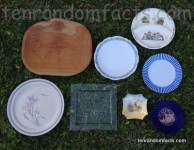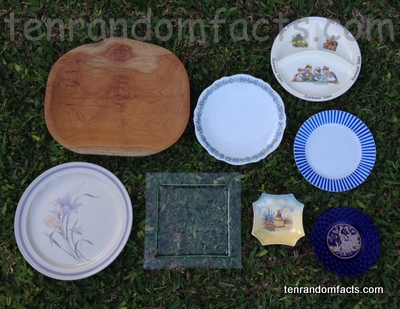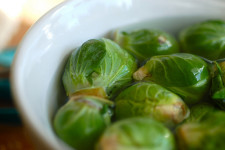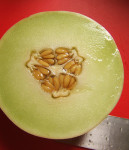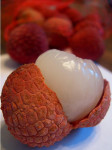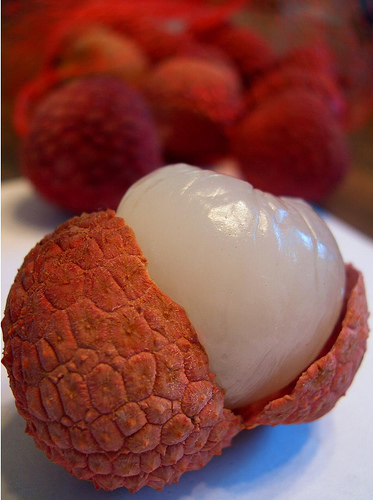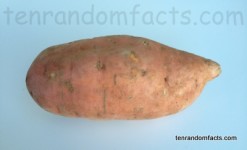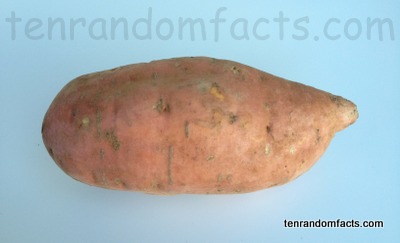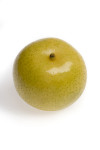
You cannot get more exotic than nashi pears.
- Nashi pears are a fruit of roughly spherical shape that grow on trees from the same genus as pears.
- ‘Nashi pears’ are also known as ‘Japanese pears’, ‘Chinese pears’, ‘nashis’, ‘Korean pears’, ‘Asian pears’, ‘Japanese apple pears’, ‘apple-pears’, ‘Oriental pears’, ‘Taiwan pears’ and ‘sand pears’.
- The scientific name of the nashi pear tree is Pyrus pyrifolia and it is from the family Rosaceae, the family of roses.
- The skin of nashi pears is a little course and is typically speckled, and can be a light yellow, green, golden brown or cream colour, depending on the variety.
- The flesh of nashi pears is almost white, and it tends to be crispy, grainy, watery, and sweet.
Nashi Pear
Image courtesy of Apple and Pear Australia Ltd/Flickr
- Nashi pears are popularly eaten both raw and cooked, sometimes used as a sweetener, and they can be baked, grilled, poached and barbecued.
- Nashi pears have their origins in Japan and China, in East Asia, where the tree’s flower has become a sign of spring.
- Nashi pears are best stored in a dry and cool area, where they can be kept for a number of weeks.
- Due to their high water content, nashi pears can bruise quite easily, and as a result they require hand picking and sufficient cushioning for transportation purposes.
- Nashi pears have significant quantities of vitamin K and vitamin C, as well as fibre and potassium.
Bibliography:
Nashi, 2011, Fresh For Kids, http://www.freshforkids.com.au/fruit_pages/nashi/nashi.html
Pyrus pyrifolia, 2015, Wikipedia, https://en.wikipedia.org/wiki/Pyrus_pyrifolia






